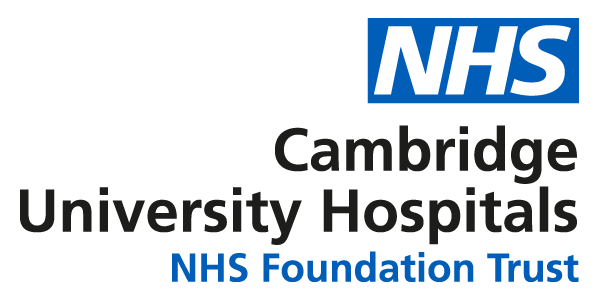This leaflet is intended to provide parents and carers with information about your child’s eye test.
About fluorescein angiography FFA
The FFA test allows doctors to take pictures of the back of the eye, the retina. These pictures provide information about the condition of the retina. The test involves injecting a dye into a hand or arm. This dye helps to show the circulation of blood in the vessels at the back of the eye and around the optic nerve. This test is used to help diagnose (or monitor) certain eye conditions.
What does the test involve?
The test involves an injection of dye, fluorescein, into the bloodstream. A series of photographs of the retina is then taken over several minutes. No x-rays or radioactive material is used.
Intravenous fluorescein angiography in children is commonly performed in an operating theatre under general anaesthetic. In older children, the procedure may be performed in an outpatient setting without anaesthetic.
The procedure will be explained to both you and your child before you are asked to sign a consent form agreeing to the test.
Your child will be given some eye drops which dilate the pupil. These take about 20 to 30 minutes to work. The drops will blur your child’s vision for about four to six hours following the test.
Your child will have their blood pressure and heart rate taken (this is known as ‘observations’) and will be weighed to ensure the right amount of dye is given.
Cream will be applied to your child’s hand or arm to numb the area before a tube is inserted into a vein.
What happens during the test?
Dye will then be put into the vein through the tube and a series of photographs of the eye will be taken.
If the procedure is performed without general anaesthetic your child will be asked to keep their eyes in a certain position, but they will be able to have short breaks.
What happens after the test
Your child will be observed for at least 40 minutes following the injection and if no serious side effects are discharged by the clinical team.
Are there any side effects?
Common side effects include the fluorescein dye giving your child’s skin a yellow tinge and blurred vision due to dilating drops. It will also cause their urine to be bright yellow for one to two days. These changes will not be permanent. Your child also might experience a hot flushing sensation as the dye is injected. There is a small risk of a mild reaction to the dye which could result in nausea, shortness of breath or development of a brief rash; this rarely lasts for more than a few minutes.
There is an extremely small risk of a severe allergic reaction to the dye called anaphylaxis. For this reason, an emergency resuscitation team is always available.
When will we know the results?
An appointment may have been made for you to see the doctor on the day of your child’s test to discuss the results.
If not, an appointment will be sent to you so that the results and any further treatment can be discussed.
We are smoke-free
Smoking is not allowed anywhere on the hospital campus. For advice and support in quitting, contact your GP or the free NHS stop smoking helpline on 0800 169 0 169.
Other formats
Help accessing this information in other formats is available. To find out more about the services we provide, please visit our patient information help page (see link below) or telephone 01223 256998. www.cuh.nhs.uk/contact-us/accessible-information/
Contact us
Cambridge University Hospitals
NHS Foundation Trust
Hills Road, Cambridge
CB2 0QQ
Telephone +44 (0)1223 245151
https://www.cuh.nhs.uk/contact-us/contact-enquiries/

